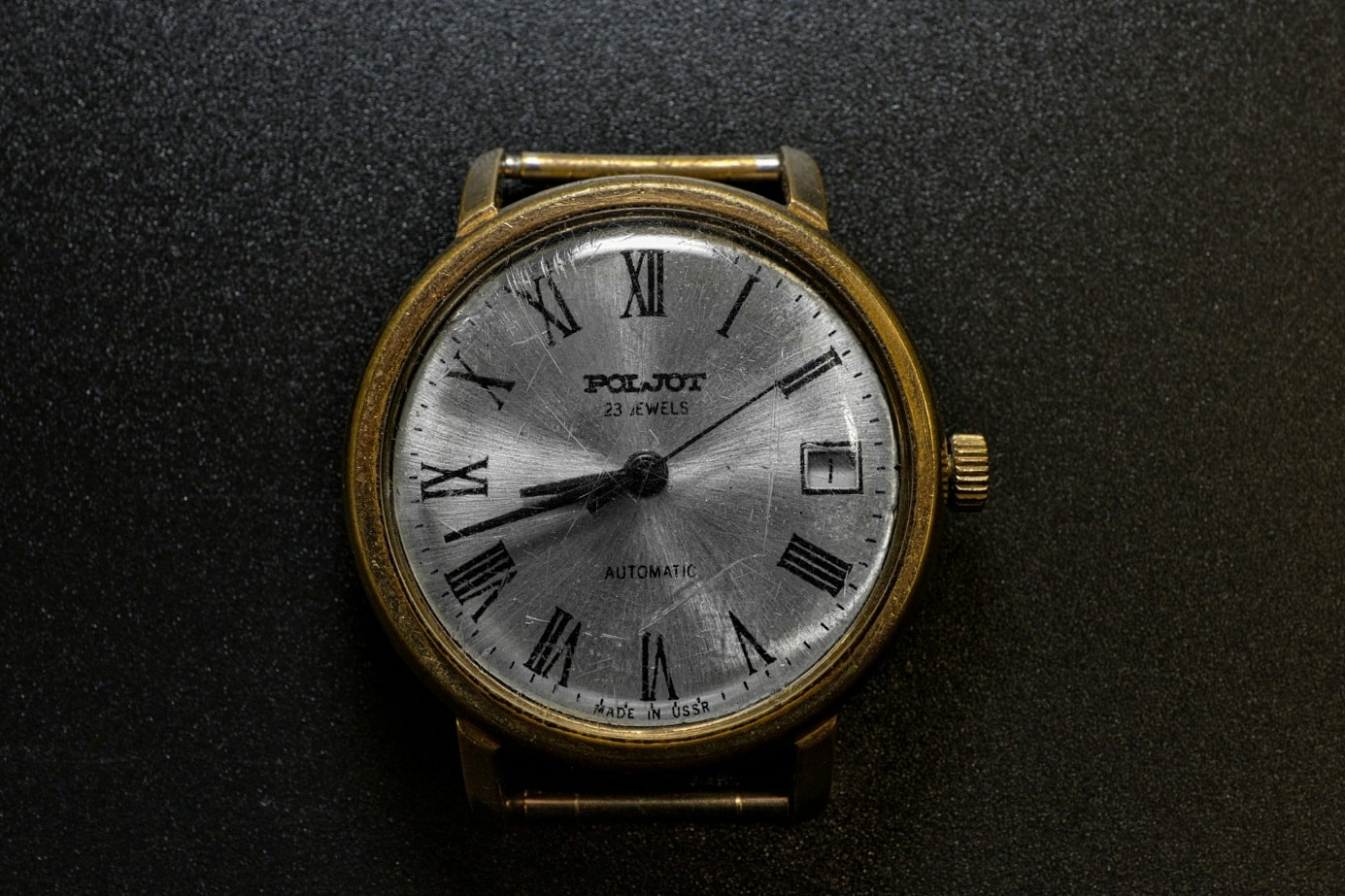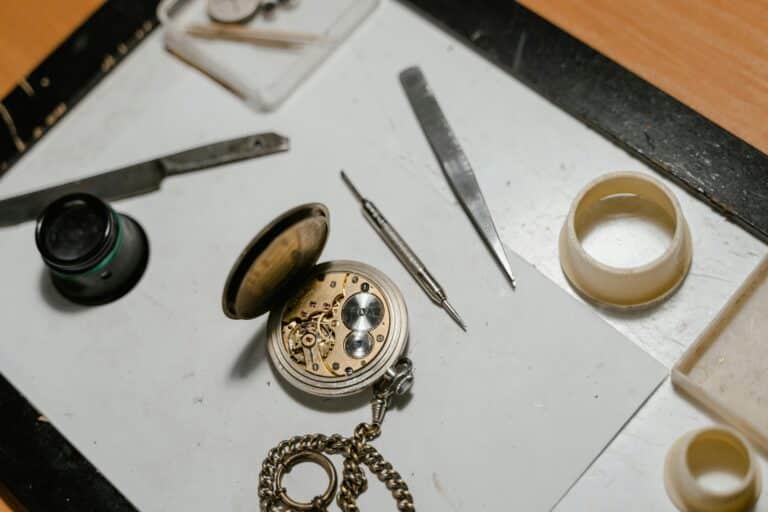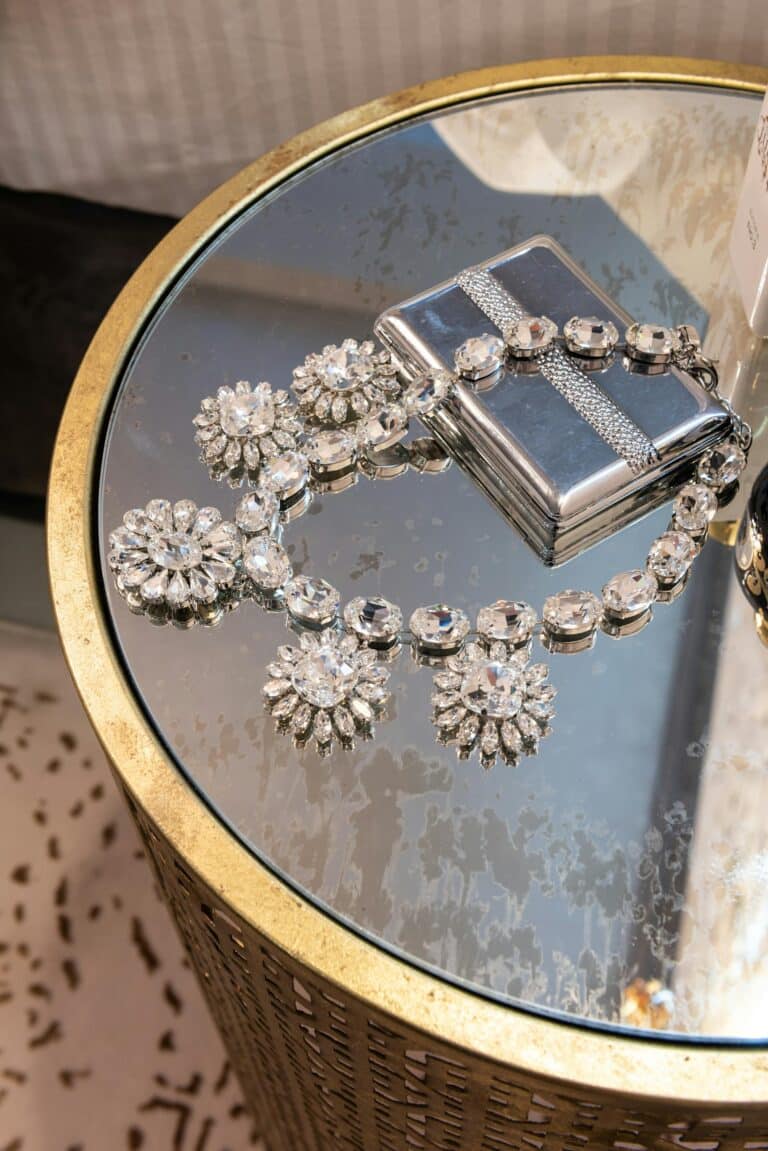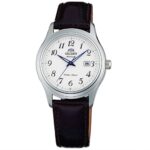If you’ve ever taken a close look at a traditional watch with Roman numerals, you might have noticed something odd: the number 4 is written as “IIII” instead of the more commonly known “IV.” At first glance, it might seem like a mistake—or a quirk. But there’s actually a long history and several thoughtful reasons behind this curious design choice.
In this article, we’ll dive into the origins of this convention, the theories that explain it, and what it tells us about the intersection of tradition, design, and language in watchmaking.
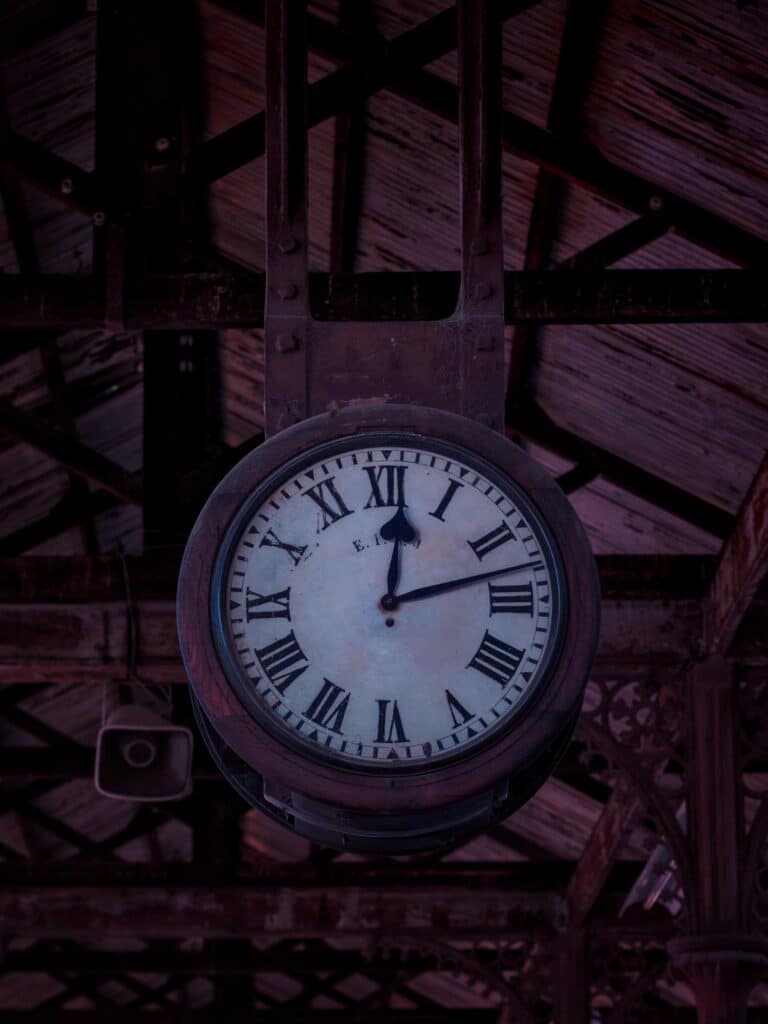
A Brief History of Roman Numerals on Watch Dials
Roman numerals have been used for centuries on everything from monuments to manuscripts—and, of course, timepieces. As mechanical clocks became widespread in the 14th and 15th centuries, they often featured Roman numerals on their dials. That tradition carried over into pocket watches and later into wristwatches.
But even in ancient Rome, the numeral “4” appeared in both forms—IV and IIII—depending on context. Over time, watchmakers and clockmakers seemed to settle on “IIII” for reasons that were both practical and aesthetic.
The “IIII” Mystery: Possible Explanations
While no single explanation is universally accepted, several compelling theories exist to explain the preference for “IIII” over “IV” on watch dials:
1. Symmetry and Aesthetics
This is perhaps the most widely accepted reason. By using “IIII,” the watch dial achieves better visual balance. With Roman numerals I through XII arranged around the circle:
- The first four numerals (I, II, III, IIII) are all formed with Is.
- The next four (V, VI, VII, VIII) are formed with Vs and I’s.
- The final four (IX, X, XI, XII) are formed with Xs and I’s.
This creates a pleasing grouping of four numerals per symbol type, adding a sense of symmetry to the dial.
2. Historical and Cultural Tradition
Some believe the “IIII” form was popularized by royal influence. According to one anecdote, King Louis XIV of France preferred “IIII” on his clocks, and clockmakers followed suit. Over time, the practice became tradition in European horology.
Additionally, “IV” was the abbreviation for the Roman god Jupiter (spelled IVPPITER), and early clockmakers may have avoided using it out of religious respect or superstition.
3. Ease of Manufacturing
For mechanical clocks and early watches, using “IIII” meant that fewer unique molds or stamps were needed. A set of numerals could be made with:
- Four I’s
- Four V’s
- Four X’s
If you used “IV” instead of “IIII,” you’d need an additional mold for “V” and potentially create an imbalance in the layout.
Language, Localization, and Watch Design
As the watch industry expanded globally, language became a key consideration—not just in the user manuals or packaging, but also in the details of the watch face. Some watches display day and date indicators, which need to be localized to the buyer’s language: “MON” in English, “LUN” in French, “LUNES” in Spanish, and so on.
This type of adaptation requires more than just translation—it’s about preserving the brand’s tone and ensuring every element feels natural in the target market. That’s why many international watchmakers collaborate with professional language services like Lexiwords to manage their multilingual content and maintain design integrity across cultures.
Notable Examples: IV vs. IIII in Modern Watches

While the vast majority of luxury and traditional watches use “IIII,” there are a few exceptions.
- Patek Philippe has used “IV” on some high-end models, reflecting a more classical Roman approach.
- Cartier, Rolex, Tissot, and countless others use “IIII,” honoring centuries of watchmaking heritage.
Interestingly, even digital watch brands have had to make decisions about whether to display Roman numerals and, if so, how to represent “4.” The choice often comes down to brand identity, tradition, and audience expectations.
Conclusion
So, is “IIII” a mistake? Not at all. It’s a deliberate design decision rooted in aesthetics, tradition, and practicality. Whether for the sake of visual harmony or historical continuity, most watchmakers have chosen to preserve the “IIII” form—and now, you know why.
The next time someone points it out, you’ll have more than one explanation ready—and maybe even a deeper appreciation for the watch on your wrist.
